15 Ways to Keep Your Garden Thriving All Year
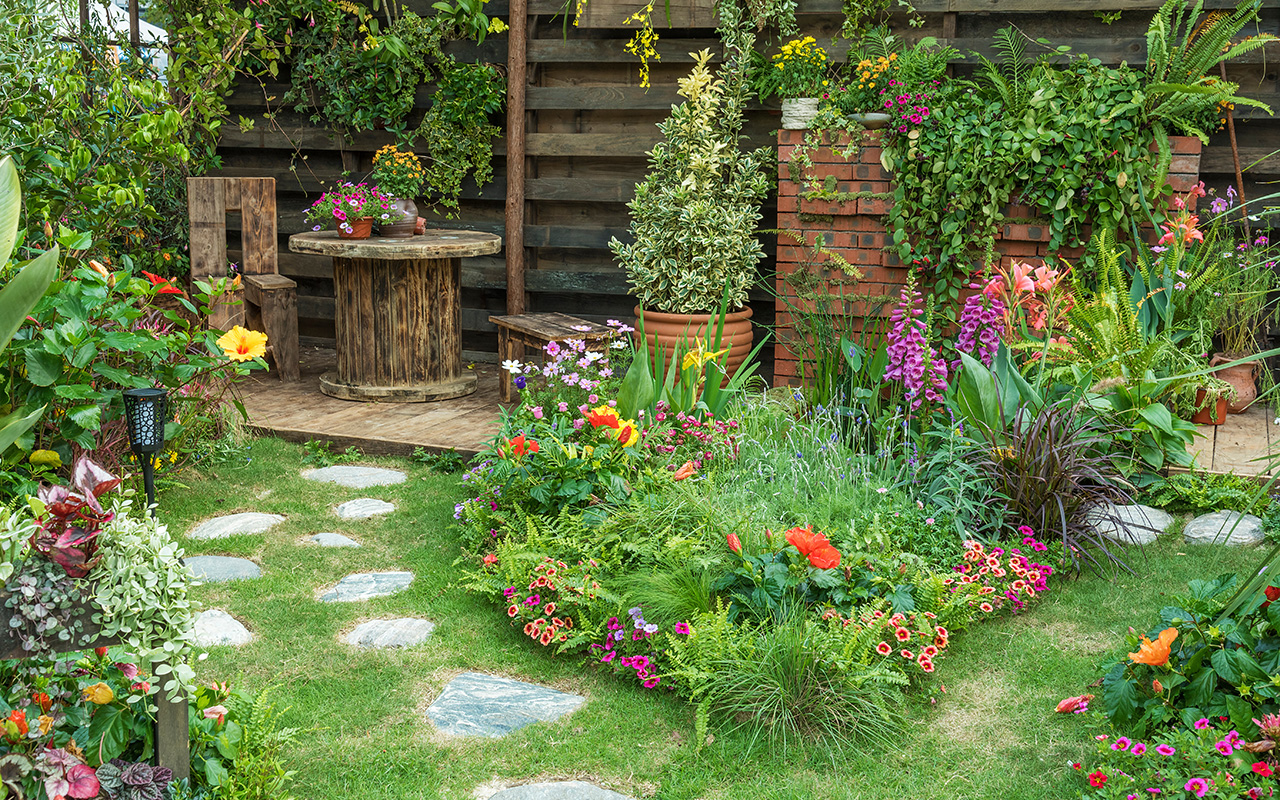
A lush, vibrant garden is a dream for many, but maintaining it year-round can be a challenge. With the right knowledge and care, however, you can transform your outdoor space into a thriving oasis, regardless of the season. From strategic planting and regular maintenance to creative problem-solving and innovative techniques, these tips will help you keep your garden blooming and beautiful all year long.
Observe Your Plants

Regularly observing your garden is essential for identifying potential problems and taking timely action. By spending time in your garden, you can notice signs of pests, diseases, nutrient deficiencies, or water stress. Keep a garden journal to record observations, plant growth, and maintenance tasks. Pay attention to the overall health of your plants, including their leaf color, stem strength, and flower production. Noticing how these details change with the seasons can ensure that your plants stay healthy for many years to come.
Prevent Frost Damage
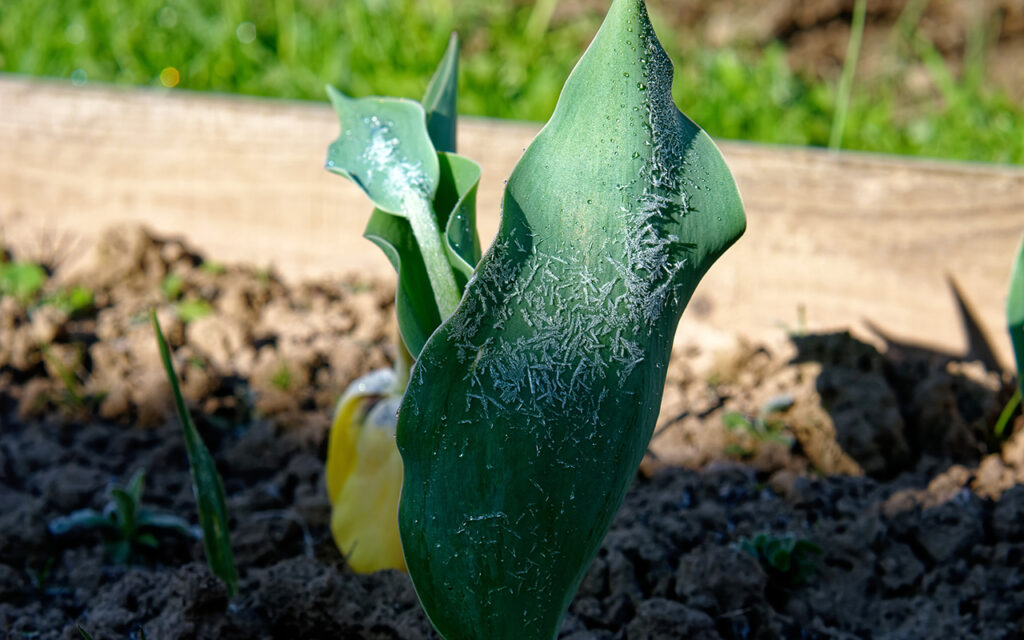
Protecting your garden from frost damage is crucial, especially in regions with unpredictable weather. To safeguard your plants, consider using frost cloths or row covers to create a protective barrier against cold temperatures. You can also water your plants deeply before a frost to help them retain heat. Additionally, moving potted plants indoors or into a sheltered area can protect them from freezing temperatures. By taking preventive measures, you can minimize frost damage and ensure the survival of your garden plants.
Compost All Year Long
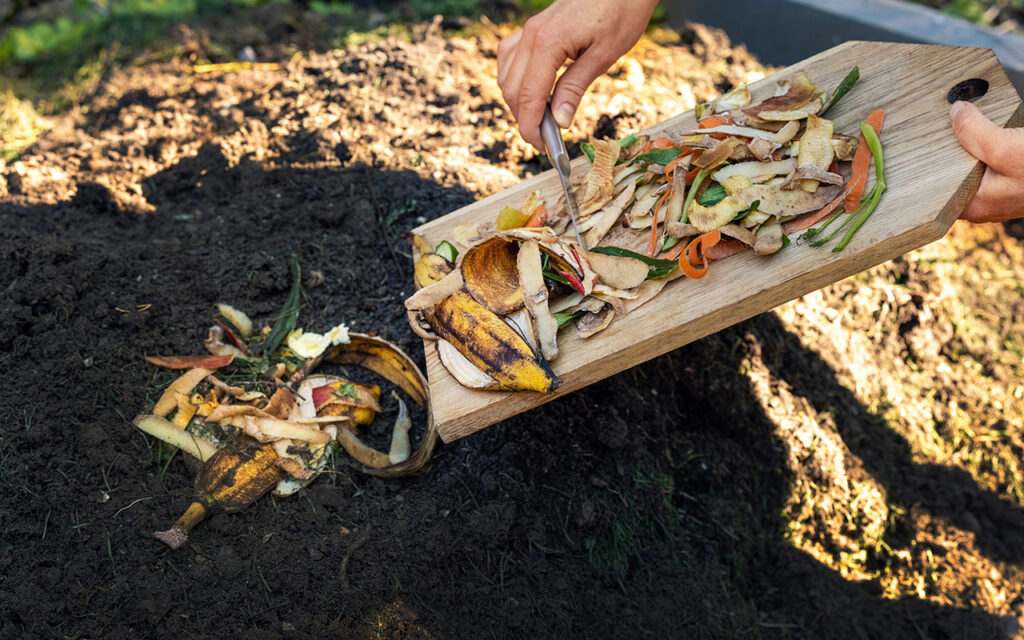
Composting is a fantastic way to create nutrient-rich soil for your garden. By composting kitchen scraps and yard waste, you can reduce your environmental impact and improve the health of your soil. To maintain a year-round composting operation, consider using a three-bin composting system. This method allows you to compost materials at different stages of decomposition. By composting regularly, you can produce high-quality compost that will nourish your plants and promote healthy growth.
Garden in Raised Beds

Raised beds offer numerous advantages for gardeners, especially in areas with poor soil quality or challenging climates. By creating elevated planting beds, you can improve soil drainage, increase soil fertility, and protect your plants from pests and diseases. Raised beds also allow for earlier planting and harvesting, as the soil warms up faster in the spring. Additionally, they can reduce back strain, making gardening more accessible for people of all ages and abilities.
Embrace Seasonal Color Variations
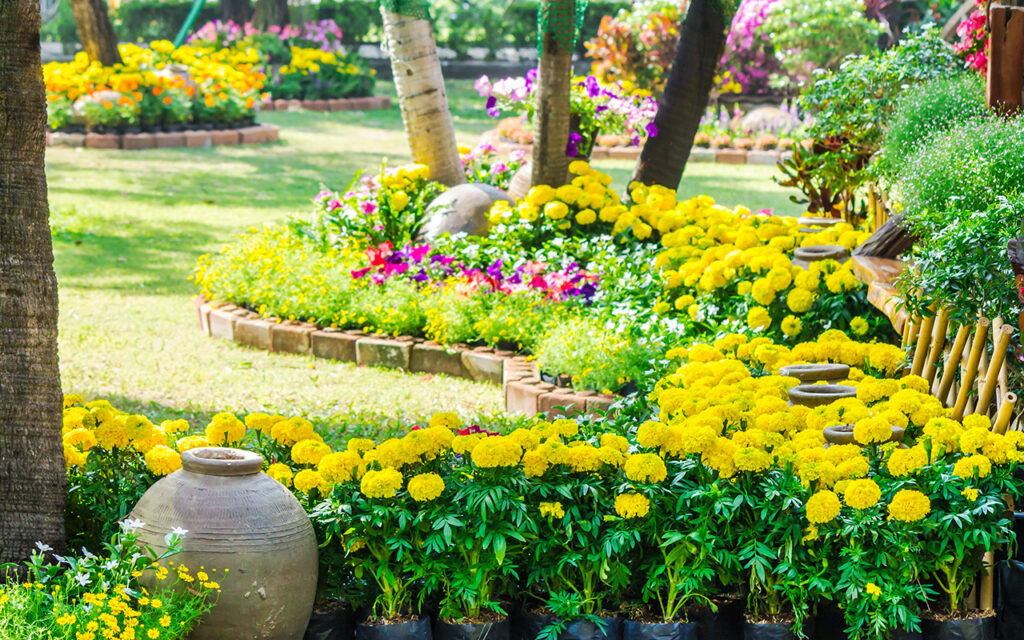
To create a visually stunning and dynamic garden, incorporate a variety of seasonal colors into your planting scheme. In spring, plant colorful bulbs like tulips, daffodils, and hyacinths. Summer offers a vibrant palette of flowers in various hues, including roses, sunflowers, and zinnias. Autumn brings warm tones of red, orange, and yellow from maple trees, chrysanthemums, and ornamental grasses. Winter, while less colorful, offers opportunities to highlight evergreen plants and winter berries.
Practice Companion Planting
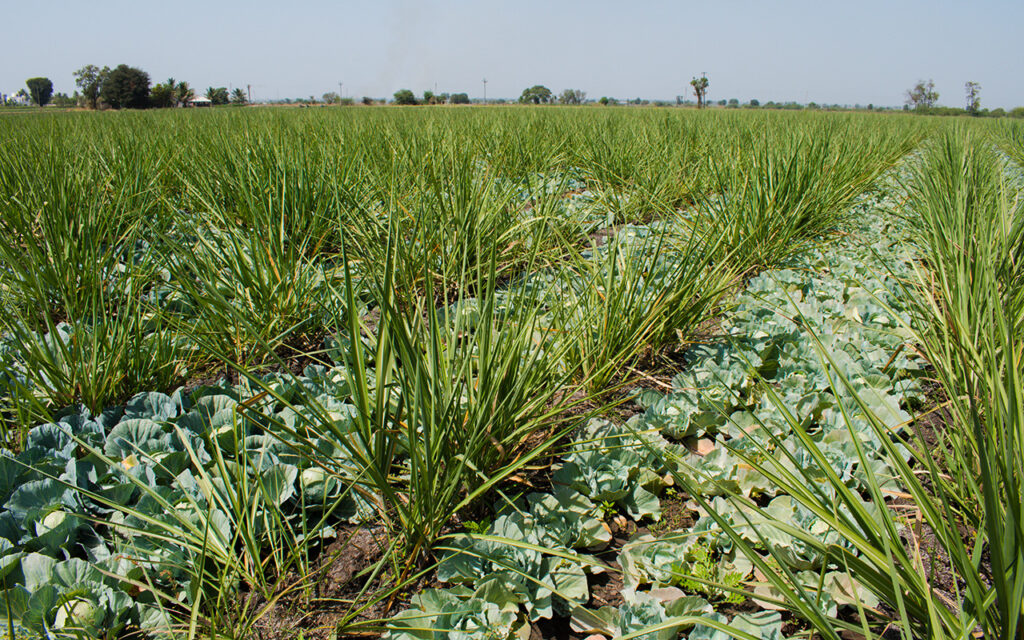
Companion planting is a gardening technique that involves strategically planting different plants together to promote growth, deter pests, and attract beneficial insects. By carefully choosing plant pairings, you can create a harmonious and productive garden ecosystem. For example, planting marigolds near tomatoes can help repel nematodes, while planting nasturtiums near squash can distract squash bugs.
Manage Weeds
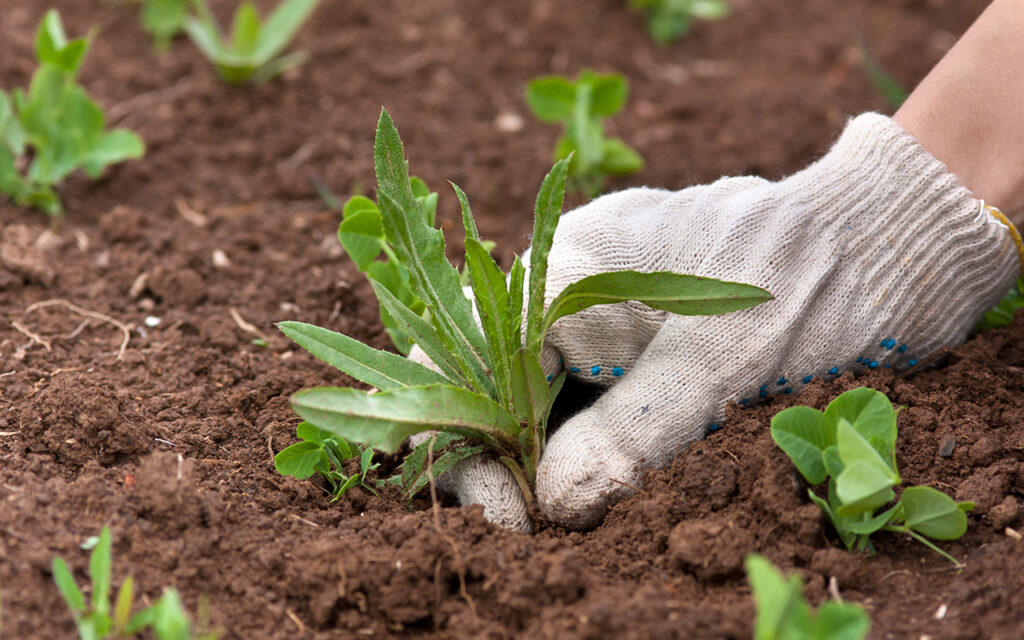
Weeds can quickly take over your garden and compete with your plants for nutrients and water. To keep your garden weed-free, it’s important to stay on top of regular weeding. Hand-pulling weeds is an effective method, especially for small gardens. For larger areas, consider using a hoe or a garden tiller to remove weeds. Mulching your garden beds can also help suppress weed growth.
Aerate Your Garden
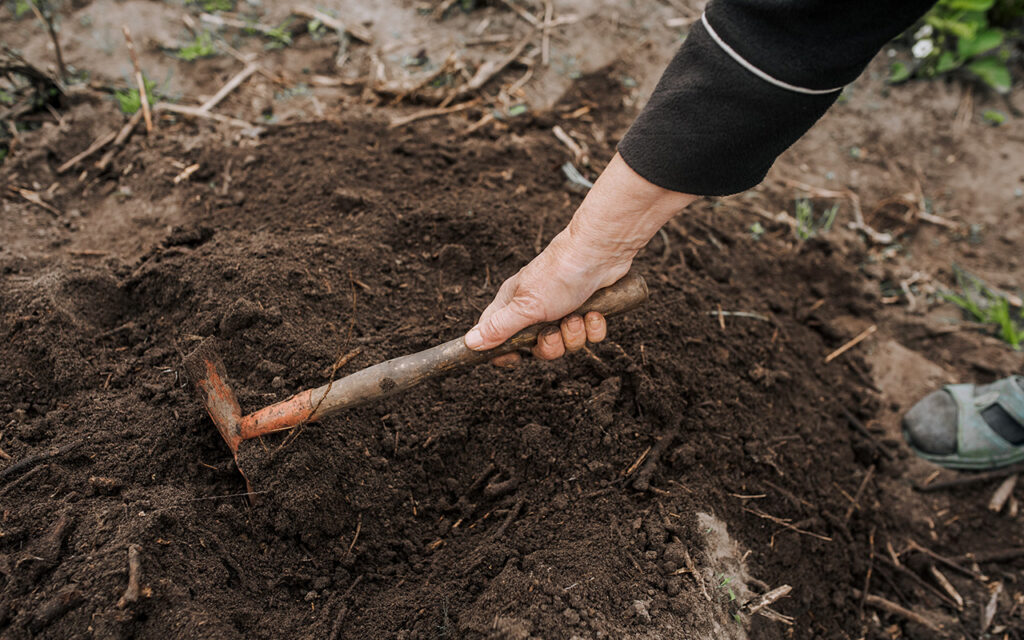
Aerating your soil is a vital practice to improve soil health and promote plant growth. By puncturing the soil with a garden fork or aerator tool, you can create air pockets that allow water, oxygen, and nutrients to reach plant roots. Aeration also helps to reduce soil compaction, which can hinder root growth and water drainage. Aerating your garden regularly, especially in heavy clay soils, can significantly improve your garden’s overall health and productivity.
Combat Garden Pests
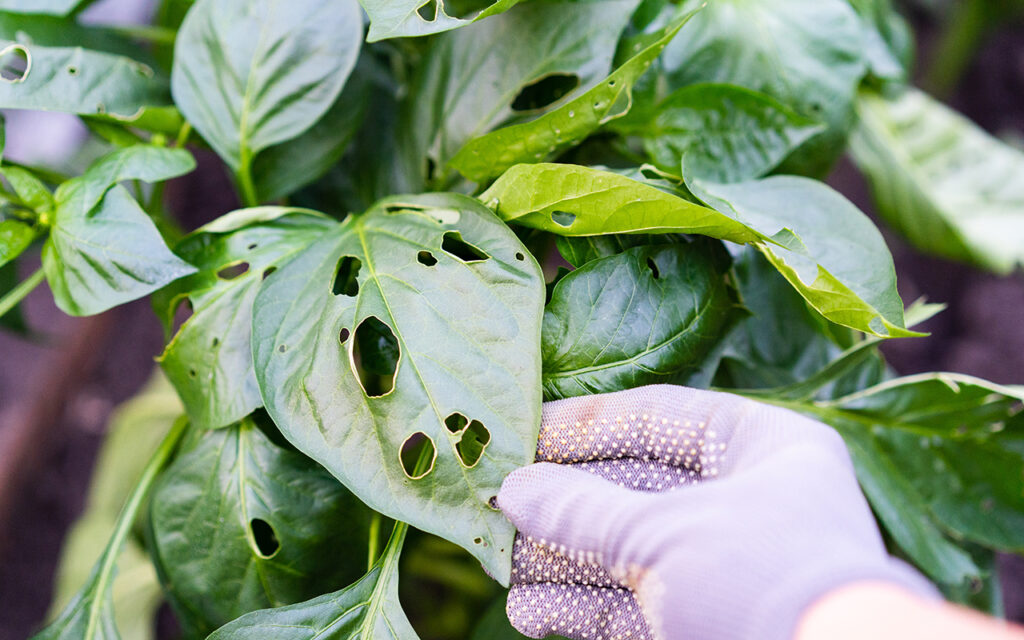
Garden pests can quickly damage your plants and reduce your harvest. To protect your garden from pests, consider using a variety of natural and organic methods. Introduce beneficial insects like ladybugs and lacewings to prey on harmful pests. Plant strong-smelling herbs like mint and rosemary to deter pests. You can also use homemade insecticidal sprays made from natural ingredients like neem oil or hot pepper spray.
Practice Crop Rotation
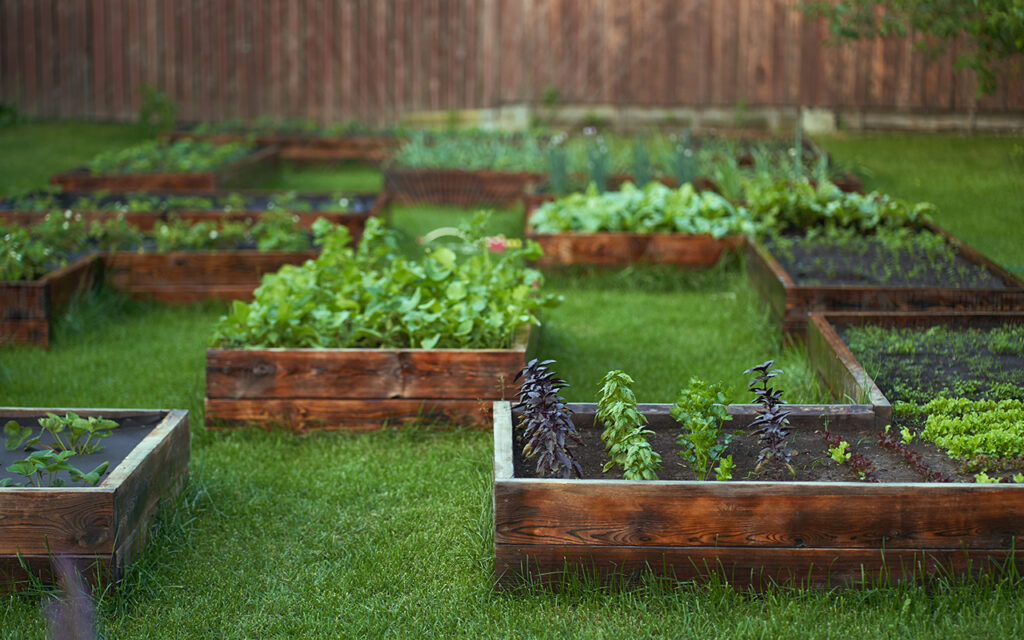
Crop rotation is a valuable gardening technique that involves planting different types of plants in the same area each year. By rotating crops, you can improve soil health, reduce pest and disease problems, and increase nutrient availability. Different plant families have varying nutrient requirements and pest susceptibilities. By rotating crops, you can break disease cycles, deter pests, and maintain soil fertility.
Fertilize Your Garden
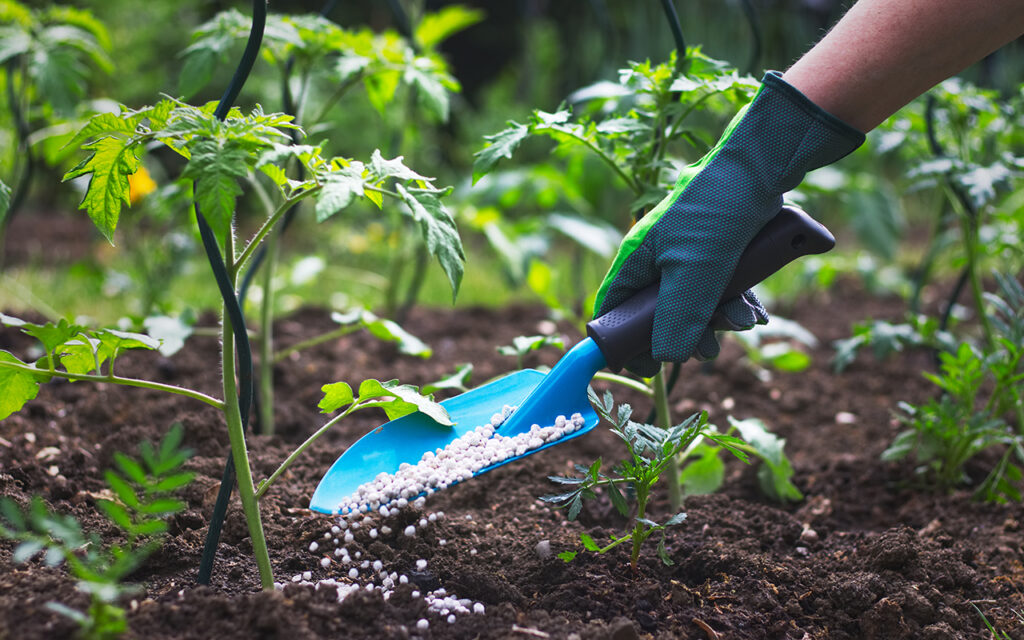
Feeding your garden with essential nutrients is crucial for healthy plant growth and vibrant blooms. Fertilizing your soil provides the necessary nourishment to support the development of strong roots, lush foliage, and abundant flowers. Choose a balanced fertilizer that provides a combination of nitrogen, phosphorus, and potassium. Apply fertilizer according to the specific needs of your plants and follow the instructions on the product label.
Prune to Stimulate Growth
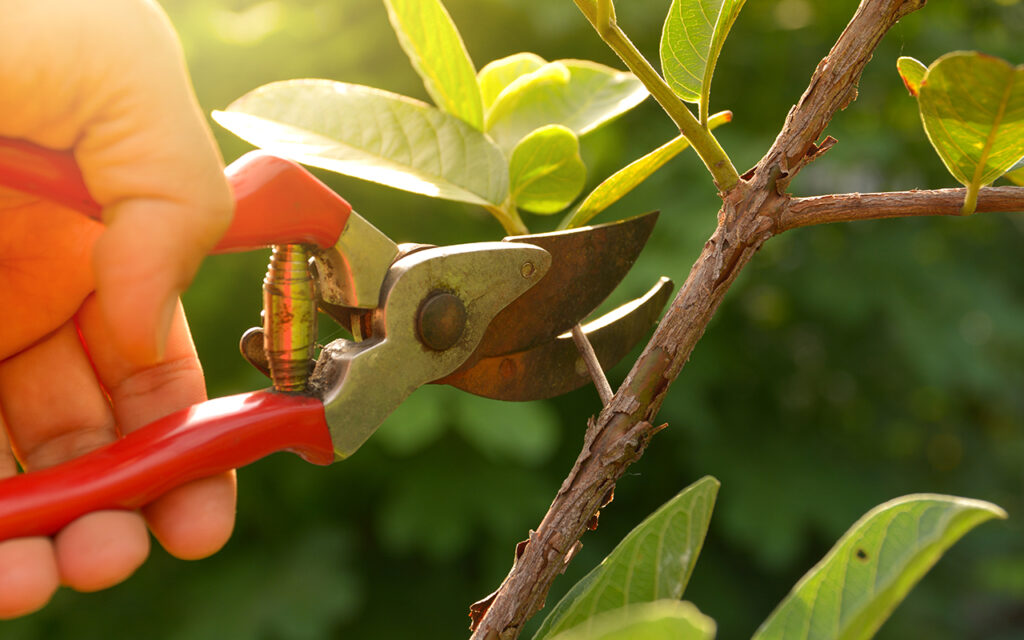
Regular pruning is essential for maintaining the health and vitality of your garden. By removing dead, diseased, or damaged branches, you can encourage new growth and improve air circulation. Pruning can also help shape plants, control their size, and promote flowering. Different plants have specific pruning needs, so it’s important to research the best pruning techniques for each species.
Maximize Water Efficiency
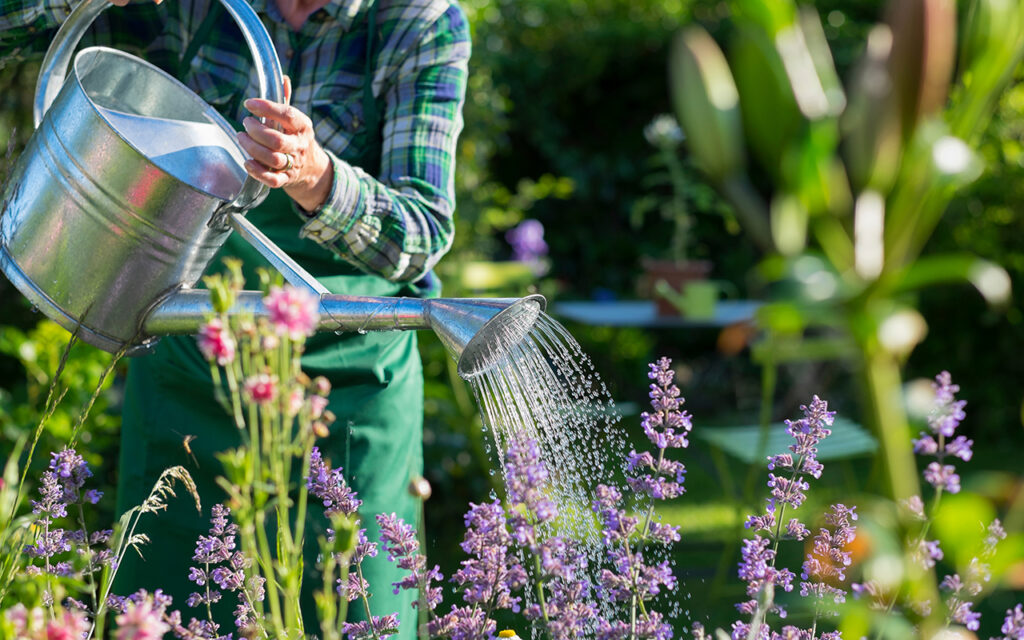
Water conservation is crucial for a sustainable garden, especially in arid regions. To maximize water efficiency, consider using water-saving irrigation systems like drip irrigation or soaker hoses. Water your plants deeply but less frequently, encouraging deeper root growth. Avoid watering during the hottest parts of the day, as much of the water can evaporate. Additionally, collect rainwater in barrels to supplement your watering needs.
Mulch for Soil Moisture Retention
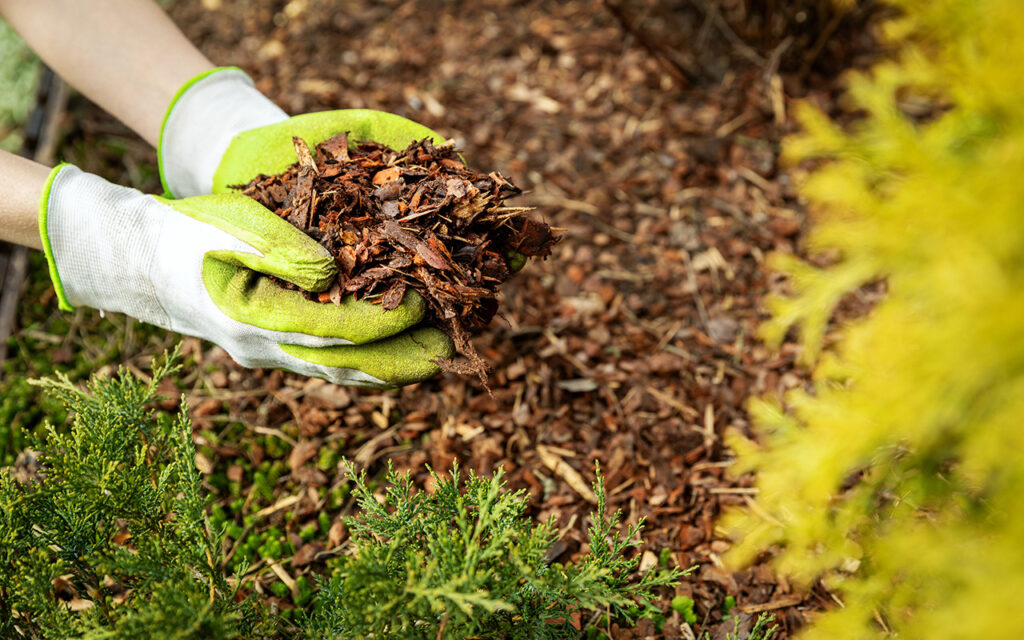
Mulching your garden beds is a simple yet effective way to conserve water and maintain soil moisture. By applying a layer of organic mulch, such as wood chips, straw, or compost, you can help reduce evaporation and regulate soil temperature. Mulch also helps suppress weed growth, enrich the soil with nutrients, and protect plant roots from extreme weather conditions.
Opt for Seasonal Plants
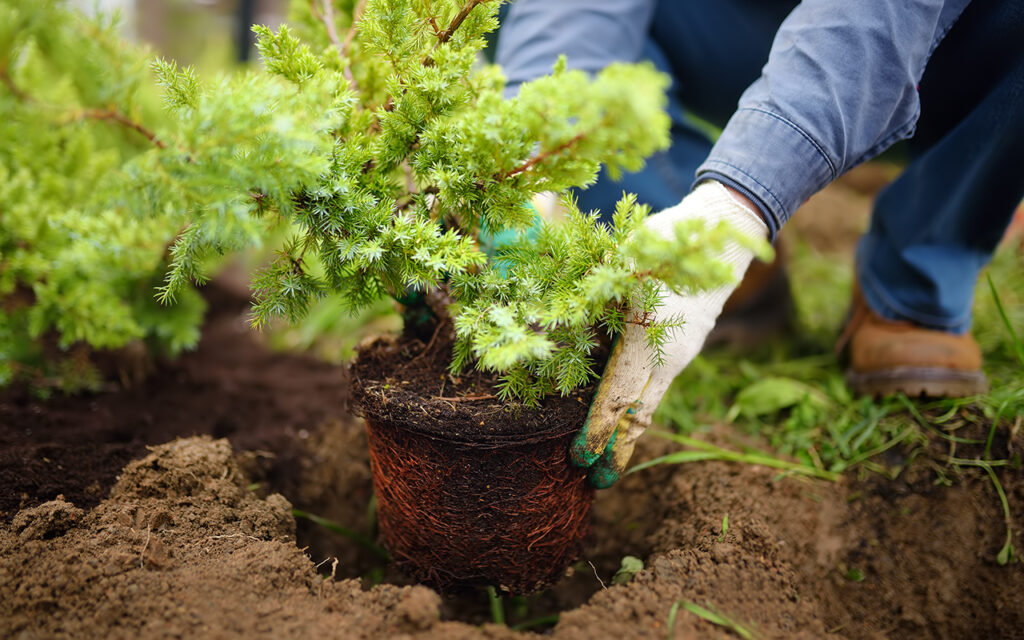
Choosing plants that are well-suited to your local climate and specific growing season is essential for a thriving garden. Opt for seasonal plants that will flourish in your region’s conditions. Research the hardiness zones in your area and select plants that are compatible with your local climate. By selecting the right plants for the right season, you’ll ensure a vibrant and healthy garden throughout the year.